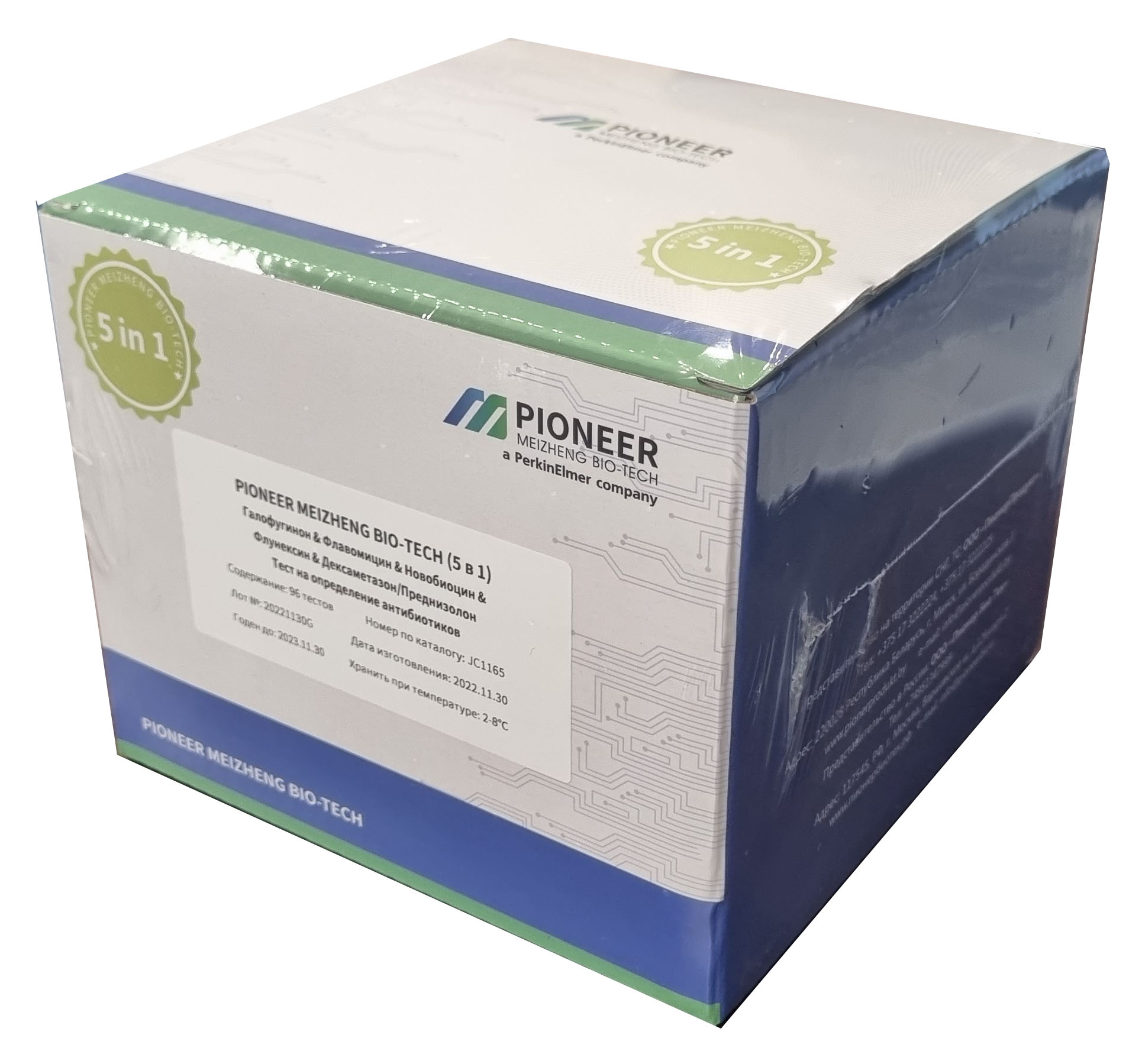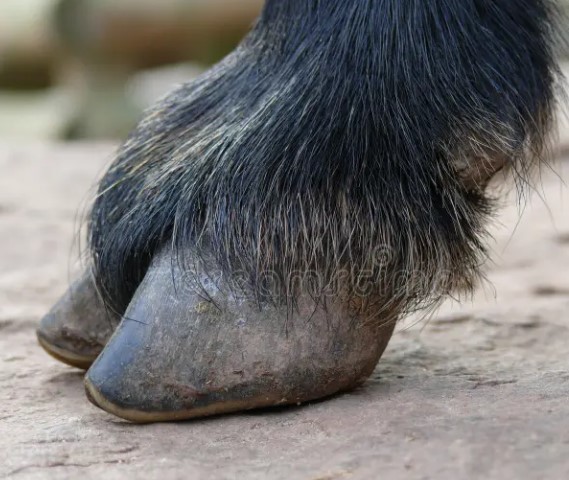Antibiotics in perch

Photo is illustrative in nature. From open sources.
Perch is a popularfish that often ends up on the tables of seafood lovers. However, like other fish species,Bass may contain traces of antibiotics , which can have an impact on human Health and the ecosystem. In this article, we'll look at how antibiotics get into bass, what effects this can have, and how you can minimize the risks.
How do antibiotics get into perch?
Antibiotics can get into perch in a variety of ways. One of the main ways is the use of antibiotics in aquaculture. In farmed fish production, antibiotics may be used to prevent and treat fish diseases. As a result, some of these drugs may remain in the tissues of the fish.
In addition, antibiotics can enter perch through pollution of water bodies and seas. Animal waste, industrial emissions and the use of antibiotics in agriculture can lead to water contamination and the accumulation of antibiotics in fish tissue.
Impact on human health
The exposure of perch to antibiotics can have an impact on human health. Eating fish containing antibiotics may put a person at risk of developing allergic reactions, digestive problems, and even antibiotic resistance.
Therefore, IT is important to be careful when choosing fish for consumption and prefer products with quality certificates confirming the absence of antibiotics.
Impact on the ecosystem
In addition to the impact on human health,Antibiotics in bass may also have negative effects on the ecosystem. High concentrations of antibiotics in water bodies can lead to the destruction of microorganisms and changes in the biological balance.
This can cause a decline in the population of other species of fish, aquatic plants and animals, which will lead to an imbalance in the ecosystem and deterioration in water quality.
How to minimize risks?
To minimize the risks associated with antibiotics in perch, several rules should be followed:
1. Choose products with quality certificates: When purchasing perch, give preference to products with certificates confirming the absence of antibiotics.
2. Regulate the use of antibiotics in aquaculture: Fish producers should strictly control and limit the use of antibiotics to prevent contamination of fish.
3. Practice sustainable consumption: Prefer moderate consumption of fish and a variety of protein sources to maintain a healthy lifestyle.
Overall, antibiotics in bass are a serious problem that requires attention from producers, consumers, and regulatory authorities. Compliance with the rules of sustainable consumption and product quality control will help minimize risks to human health and maintain ecological balance in aquatic ecosystems.
Read together with it:
- В Минздраве рассказали, как менялось отношение к антибиотикам в пандемиюПо мере обновления данных о лечении COVID-19 изменялся порядок назначения антибиотиков, сообщил РБК главный внештатный специалист Минздрава России по инфекционным болезням Владимир Чуланов. Он рассказал, что с января 2020-го по октябрь 2023 года ведомство выпустило 18 версий рекомендаций по лечению....
- ВОЗ объяснила риски приема антибиотиков «на всякий случай»Антибиотики не спасают от вирусов, но их принимали три из четырех заболевших COVID-19, хотя нужны они были только в 8% случаев, подсчитали в ВОЗ. Бесконтрольный прием снижает эффективность антибиотиков и грозит «суперинфекцией» При лечении COVID-19 больные по всему миру злоупотребляли антибиотиками:...
- В России выросло производство ветеринарных препаратовВ ведомстве спрогнозировали дальнейшее кратное наращивание производственных мощностей по выпуску ветеринарных препаратов. В то же время структура ассортимента, как уточнили в Минсельхозе, в среднесрочной перспективе должна будет сохраниться. На этом фоне в ведомстве заявили, что отечественные произв...
- An outbreak of parainfluenza-3 in cows has been identified in KareliaBovine parainfluenza is a serious viral disease that can cause significant economic damage to agricultural enterprises. Recently, a focus of parainfluenza-3 was identified in Karelia, in the Pryazhinsky national municipal district. The state budgetary institution of Karelia, the Republican Veterinar...
- How a Belarusian metallurgical plant became the steel backbone of the countryTopic news The Belarusian Metallurgical Plant is called the steel core of the country. And it’s not just that millions of tons of this malleable and corrosion-resistant material are melted here. In the era of sanctions, BMZ proved: difficult times do not break steel - they harden IT. We are talking ...
- Европейская комиссия намерена ужесточить законодательные требования к перевозке животныхЕвропейская комиссия намерена ужесточить законодательные требования к перевозке животных в Европейском союзе, чтобы обеспечить более высокий уровень благополучия для животных. В конце 2023 года был опубликован проект имплементационного регламента ЕС, в котором предлагается ряд изменений. Одно из гла...
- The court ordered to reduce the noise level at the Tokarevskaya Poultry FarmIn the Tambov region, a Court issued a decision obliging the Tokarev Poultry Farm to reduce the noise level emanating from its equipment. This case is just one of many where residents are faced with noise problems from industrial facilities located next to residential areas. Research conducted at th...



























































